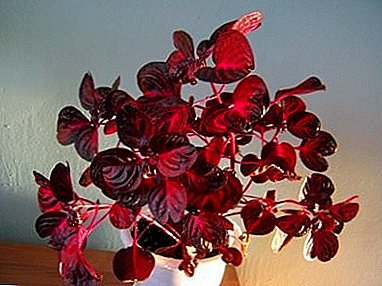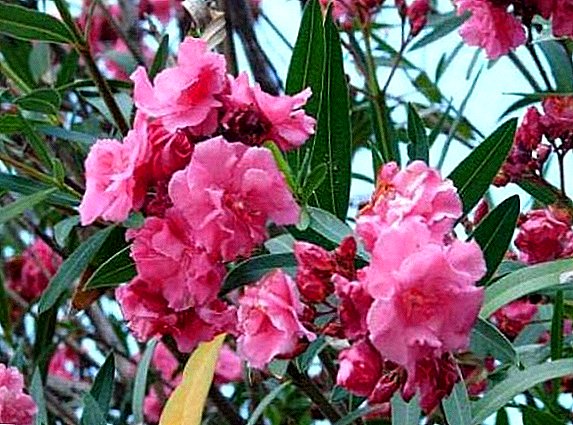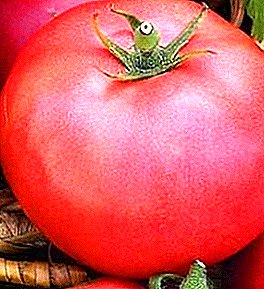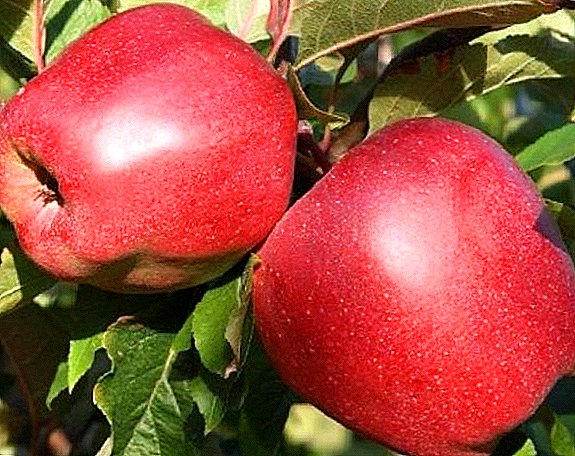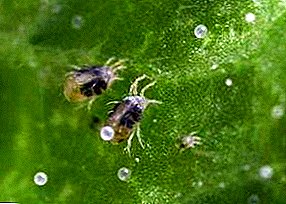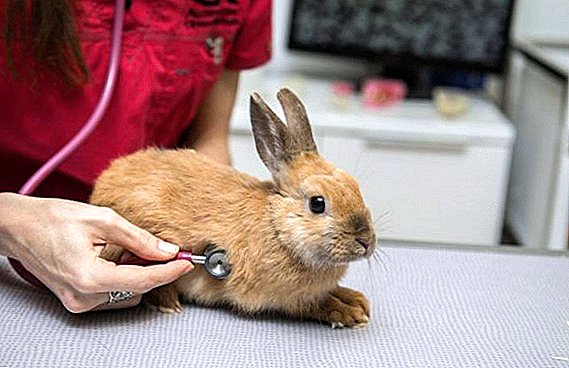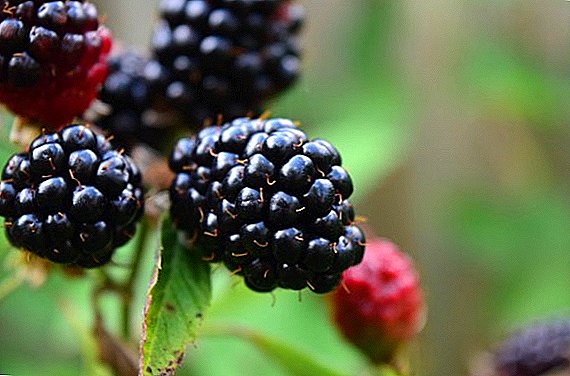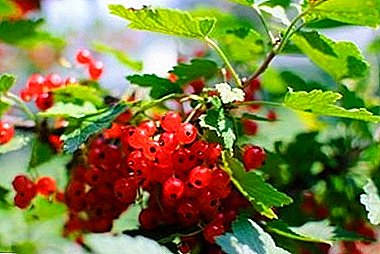
One of the best varieties of red currant is Natalie variety.
Proper care of the bushes of this variety allows you to regularly receive a bountiful harvest of delicious and healthy berries.
Berries can be eaten raw or used in the preparation of desserts, canned blanks or sauces.
Description varieties Natalie
Differs currant thick weakly sprawling bushes of medium height. Lumbery shoots have an average thickness and green color with a reddish tinge on the tops. they grow straight and completely devoid of pubescence. For lignified shoots characterized by a brown-gray color and average thickness. Puffiness on them is also not observed.
Solitary oblong kidneys large size are located on short stalks and have a pointed tip. They are characterized by the absence of downiness and brown-gray color. Kidney tightly pressed to escape.
 On the bushes grow leaves of medium size, having a green color with a blue tint. The leaves are dull, wrinkled and leathery. They consist of five blades.
On the bushes grow leaves of medium size, having a green color with a blue tint. The leaves are dull, wrinkled and leathery. They consist of five blades.
Leaf blade equipped with a wavy edge with sharp teeth of a large size. The size of the average blade of the sheet exceeds the value of the side blades. Petioles are green and have a medium size.
For flowers characteristic large size and cupped shape. They are equipped with slightly bent free sepals of brownish-red color and medium-sized petioles. The axis is of medium thickness and is covered with fluff.
Berries can reach a mass of 0.7 to 1 gram.
They are rounded and slightly elongated to the base. These berries are characterized by dry peel and deep red color. They are covered with a thick skin that makes them suitable for transportation. Inside the berries is a small amount of medium-sized seeds. The berries are located on the hands, the length of which can be from seven to nine centimeters.
The berries have a pleasant sweet-sour taste and are estimated at 4 points according to the tasting scale. Due to this, the variety is often used for making jam, especially in combination with summer varieties of apples, to which Pavlusha, Orlinka, Scarlet Early, Grushivka and Daughter Papirova belong.
A photo





Breeding history and breeding region
Such scientists as V.M. worked on the creation of the variety. Litvinova and N.K. Smolyaninova.
They received it at the All-Russian Breeding-Technological Institute of Horticulture and Nursery as a result of inter-variety crosses.
In 1991, this variety was entered in the state register and allowed to grow in all regions of Russia with the exception of Nizhnevolzhsky, Far Eastern and Northern.
Along with red currants, pears of the following varieties are successfully grown in these regions: Hera, Cathedral, Krasnobkaya, Elena and Vernaia.
Specifications
Natalie it is customary to refer to varieties of medium ripening. This variety is self-fertile.
It has a remarkable yield and frost tolerance. From one bush you can get about 3.6 kilograms of berries, which usually ripen in mid-July.
Planting and care
The best period for planting this berry crop is the beginning of spring or the end of September.
Plant Bushes are best on flat areas, as well as on the upper and middle parts of the hills. Landing should be well lit. An ideal place for planting is a footpath along a fence or fence, which will provide protection from the wind to the bushes.
 The place chosen for planting must be thoroughly cleaned of weeds and wheat grass.
The place chosen for planting must be thoroughly cleaned of weeds and wheat grass.
The width and depth of the landing pits for bushes should be from forty to fifty centimeters, and the distance between them should be at least one and a half meters.
The earth dug out of the pit should be mixed with two tablespoons of potassium sulfate and three tablespoons of superphosphate, as well as compost or humus. Sapling must be placed at a depth of about five to ten centimeters. Immediately after planting, the plants must be watered abundantly.
Water currants need about two or three times a week. For one bush will be enough one bucket of watering twice a day. Especially important for the bushes is sufficient soil moisture during the fruiting period, since the lack of moisture can provoke crop loss next year.
In the second or third year after landing, it is necessary to carry out pruning bushes, in which you need to leave from four to six of the strongest and well-located shoots. The rest of the shoots should be removed at the base.
This variety tolerates cold, but mulching of the soil within the radius of the trunk circle with horse humus will provide the bushes with additional protection from early frosts and winters without snow.
As the bushes grow, it may require the establishment of supports, as the branches may fall down under the weight of the berries.
You can only pick berries with whole brushes. If you tear them one by one, juice will start flowing out of them. In order not to accidentally tear off a kidney, never pull the brush down along the shoot.
Diseases and pests
For red currant varieties natalie characterized by high resistance to the most famous diseases and pestshowever, if you wish, you can provide her with additional protection.
Read more on common diseases of horticultural crops such as chlorosis, bacteriosis, rubella, anthracnose and bacterial cancer.
 The most common pests red currants are gooseberry sawfly and leaf gall aphid. To protect plants from aphids, you can use karfobosa, forty grams of which should be diluted in a bucket of water.
The most common pests red currants are gooseberry sawfly and leaf gall aphid. To protect plants from aphids, you can use karfobosa, forty grams of which should be diluted in a bucket of water.
Spraying with karbofos solution should be done in early spring. The Iskra DE, as well as the tomatoes planted near the bushes, will help well against the sawfly.
In the second half of summer red currant bushes may begin to suffer from powdery mildew. To avoid this problem, you should spray them with Topaz after flowering, as well as two weeks before you plan to harvest.
Sort Natalie every gardener will appreciate. It has advantages such as disease and cold resistance, self-fertility and excellent yield. And its only drawback is to increase the spreading of bushes with increasing their age.
It is also worth paying attention to the following varieties of red currant: Natalie, Jam and Beloved. And black: Bagira, Belarusian sweet, Gross, Gulliver and Dachnitsa.


